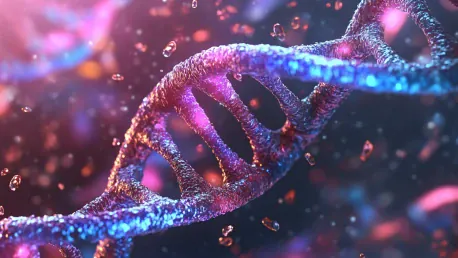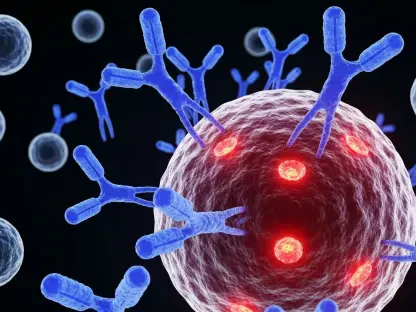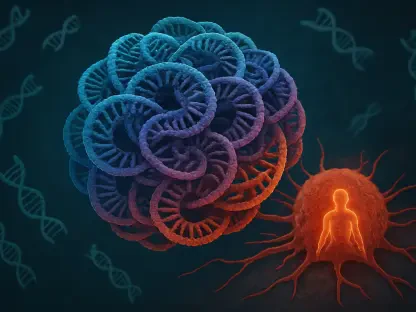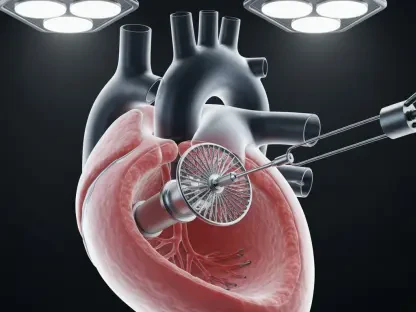Alpha-1 antitrypsin deficiency (AATD) is a genetic disorder that significantly impacts both liver and lung function, resulting in a rare but severe health burden. In an ambitious and promising development, Prime Medicine is leveraging its innovative gene editing technology to address this debilitating condition. This initiative marks a pivotal advancement for the company, particularly as it seeks to gain regulatory approval for human trials within the next year. By refining its “prime editing” technique, which uniquely edits genes without the need to break both DNA strands, Prime Medicine is positioning itself at the forefront of genetic therapy research.
Revolutionary Gene Editing Approach
The gene editing approach utilized by Prime Medicine is designed to correct the specific genetic mutation responsible for AATD. This groundbreaking method stands out due to its precision, making it capable of restoring the defective gene to its normal state without causing unintended genetic changes. Prime’s preclinical studies have demonstrated that their technology effectively addresses the target gene in the liver cells of mice. The implications of this development are considerable, as successful gene correction could potentially resolve both the hepatic and pulmonary symptoms associated with AATD, offering a comprehensive therapeutic solution.
Prime Medicine’s focus on precision and safety in its gene editing strategy is underscored by the lack of bystander or off-target edits, which are common risks in other gene editing technologies. This precision holds the promise of mitigating the potential side effects that often accompany other treatments. By avoiding these pitfalls, Prime’s technology stands to set a new standard in the field, highlighting the importance of accuracy in genetic interventions. The company is now refining its drug candidate in a stage known as “lead optimization,” which involves fine-tuning the treatment to enhance its efficacy and safety before proceeding to human clinical trials.
The Competitive Landscape of Genetic Medicine
The landscape of genetic medicine targeting AATD is becoming increasingly competitive, with multiple biotech and pharmaceutical companies exploring various innovative approaches. Beam Therapeutics, for instance, has recently reported encouraging trial data for its own DNA editing strategy aimed at treating AATD. Their early-stage study showed success in reducing levels of misfolded proteins in the bloodstream, a key pathological marker of AATD, while simultaneously increasing the levels of functional protein. This misfolded AAT protein accumulates in the liver, causing significant damage and failing to protect lung cells from an aggressive infection-fighting enzyme.
Other companies such as Wave Life Sciences and Sanofi are also venturing into novel therapeutic avenues. Wave Life Sciences is investigating RNA editing mechanisms, while Sanofi is focused on developing fusion protein-based drugs. Each of these approaches brings unique advantages and challenges, contributing to a diverse and dynamic research ecosystem. Despite the varying methodologies, the common goal remains to alleviate the burden of AATD on patients, marking an era of unprecedented innovation in genetic therapies.
Prime Medicine’s planned clinical trials and regulatory submissions are set against this competitive backdrop, requiring the company to demonstrate not only the efficacy but also the superior safety and precision of their technology. The successful deployment of their prime editing technique in clinical settings could significantly advance the field of genetic medicine, offering new hope for those afflicted with AATD.
Looking Ahead: Implications and Future Directions
As the company gears up for human trials, there is hope that this technology could offer a transformative solution for those grappling with AATD, potentially leading to groundbreaking treatments and better quality of life for affected individuals.









